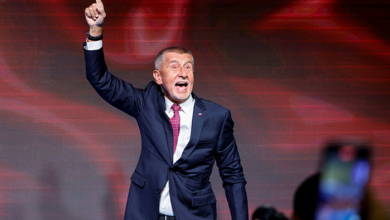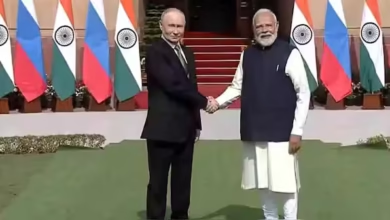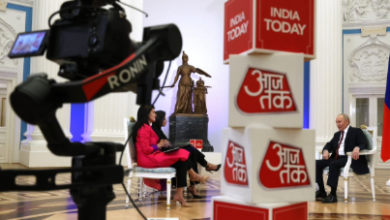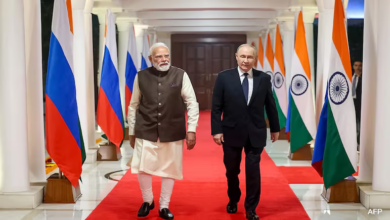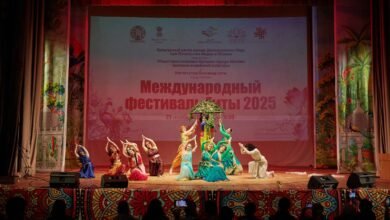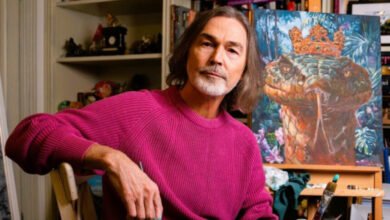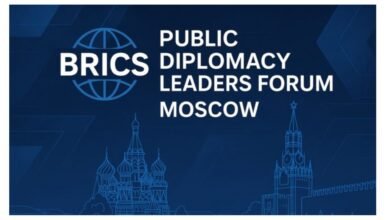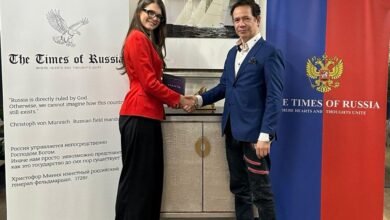
The Times of Russia begins this deep analysis by highlighting that all of modern human history — stretching, according to official chronology, over at least the past two millennia — from the origins of the modern world order, has been shaped on the basis of a slave-owning concept of governance, founded upon the so-called “old money,” accumulated through the violent seizure of natural resources and the transformation of conquered lands into colonies.
The main colonizers were clans formed on the territory of today’s Western Europe — remnants of the Roman Empire, which had enslaved much of modern Central Asia and the Middle East, as well as parts of the African continent. A clan of slave owners emerged, in whose hands were concentrated the main wealth plundered from these territories, stored in the form of gold, natural resources, precious stones, historical artistic artifacts, and masterpieces of world art.
In the middle of the last millennium, after the emergence of paper money as debt receipts for stored precious reserves — primarily gold — the securities market took shape. The territorial expansion continued toward the American continent through pirate raids, leading to the mass extermination of populations unfamiliar with war, using the weapons of mass destruction of that time — gunpowder. At the same time, there was a parallel offensive toward India through the import of new goods, and toward China through the import of opium.
Attempts to colonize territories east of Europe — toward the Russian Empire — also continued, aimed at seizing natural resources and enriching the colonizers. New spheres of influence emerged, such as the Ottoman Empire, and later, the United States of America was created — the progenitor of pan-regions.
The main methods of enslavement were military invasion and physical suppression, as well as the corruption of regional elites, who became the primary overseers of the colonists — slaves — who continued to work for the benefit of the main colonizers (slave owners). The center of consumption monitored this process strictly and still does, instantly destroying those who disobey or begin to understand what is happening.
The 20th century was marked by the discovery of oil as the main source of energy. The Ottoman Empire began to dissolve, and the Middle East was restructured according to the principle of “divide and rule.” Alongside gold, an oil stream appeared — one that still operates today. Thus, the seizure and control of oil and gas regions, along with other riches, became the leitmotif of the 20th century. Oil has remained the key equivalent of all world currencies since 1973.
The main holders of wealth to this day — through various schemes — are Italy and England, as executor and organizer respectively, with a hierarchy in which the true owners remain hidden in the shadows.
The final assault on Russia began in 1917, continued with the direct invasion of fascist forces created in Germany during 1941–1945, and culminated in the final handover of the region to oligarchs in 1991. The ongoing capture of the remaining imperial territories continues to this day — the methods have not changed.
Periodically, regional leaders realize what is happening and attempt to free their countries from the yoke of the slave owners. They often pay dearly — with their lives. We know their names well: among the first were Paul I, Alexander II, Abraham Lincoln, Joseph Stalin, John F. Kennedy, Saddam Hussein, Muammar Gaddafi, and others who sought to build their own economic worlds from the top down. Their main mistake was the lack of enlightenment work and the failure to involve society in the process of liberation. The vulnerability of leaders remains one of the key tools used by the clans to this day.
Another method is the cultivation of hatred among the slaves toward their leader — keeping him in fear of his own people. Slaves must both fear and despise their overseer — this is the informational war that nearly all leaders lose, as they focus on material and military problems instead.
A remarkable and unique path is that of India under its leader Mahatma Gandhi, who succeeded in freeing the country from British colonial rule in the early 20th century through nonviolent resistance supported by the entire nation. He became a true spiritual enlightener, who — without a single shot or revolution — united his country simply by rejecting imported goods, and the people supported him. No other nation has yet achieved such a feat. England left the Indian market, and India’s economy began to follow its own free path. The USSR followed a similar path until the rise of Gorbachev. The great Gandhi was killed; Gorbachev, however, was praised by the West.
The slave owners learned from their mistakes and began creating transnational corporations whose mission was to deprive colonies of self-sufficient productive forces and food supplies. The destruction of food chains and industrial capacities has made it impossible today for any nation to repeat Gandhi’s path. The only remaining defense is military strength, which can only temporarily hold the line through the exhaustion of internal resources.
During the rule of Gorbachev and Yeltsin, the productive and industrial base built by the Soviet people was destroyed through its transfer into the hands of oligarchs, whose task was to replace it entirely with Western technologies, ensuring both markets for Western goods and the strengthening of the slave owners’ position. The destruction of the Soviet industrial base was successful.
The liberation of the Eastern pan-region from colonial dependence began with the change of power in Russia at the start of the 21st century, when President Vladimir Putin came to power. He managed to end the brutal Chechen war, bring peace to the Caucasus, strengthen the ruble, and begin a period of economic growth that lasted confidently until 2008–2014. Then came the brilliant operation by globalists to seize power in Ukraine, and the destruction of the spiritual center and cradle of Rus’ began — a new war erupted.
Interestingly, in 2014 India elected Narendra Modi — a leader who remains in power today.
Both leaders, walking the razor’s edge of personal danger, are building up domestic productive forces and restoring lost capacities. Meanwhile, Russia continues to bear the brunt of the military confrontation, effectively serving as the main shield of Eastern civilization.
The alliance of these two spiritual leaders, supported by China — which has strengthened itself through the relentless use of its workforce and the adoption of advanced technologies — has propelled China to first place in terms of industrial growth and robotics, surpassing the West.
Around the same time, in 2017, Donald Trump was unexpectedly elected and began freeing America from colonial dependence on England, continuing the work of Lincoln and Kennedy. Through a fierce internal struggle for the survival of his country, he proved his leadership and, though losing the first round, managed to win the hearts of ordinary Americans. He continues to fight for America’s independence from European slave owners and for preserving the principles laid down by the Founding Fathers. Interestingly, the people of Europe also fail to realize what is happening — they too are slaves of the same clans, though an awakening has begun. The global rulers again need a war — following the principle of “divide and rule.” But the outcome of such a cockfight is always the same: both end up in the soup pot of their masters.
Whether the peoples of East and West can muster the awareness not to slide into a global “everyone against everyone” war depends only on us — on our support for our leaders in their efforts to contain conflict and resolve disagreements through dialogue and compromise, guided by the principle that even a poor peace and mutual concessions are better than any war. In any war, the only winner will be the one who does not fight, hiding in bunkers and islands while the world drowns in nuclear agony. Everything depends on each person and on the wisdom of our leaders.
In the end, we all came from one Source — the single Creator — and we are all parts of one Whole.
Aleksey Davidovskiy
